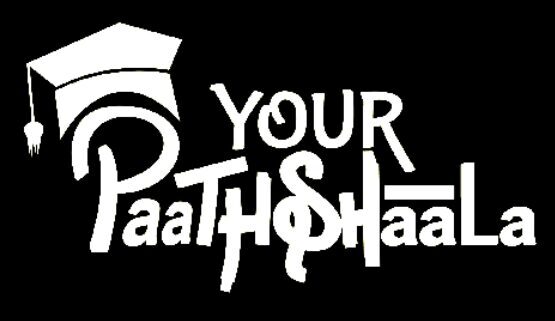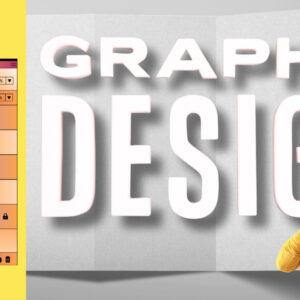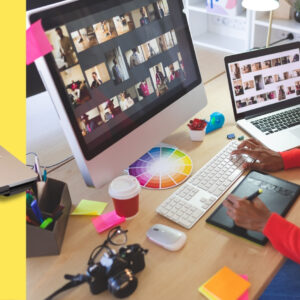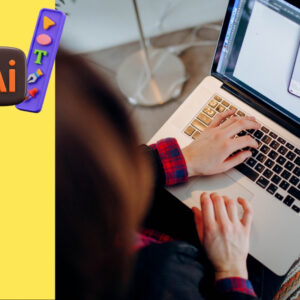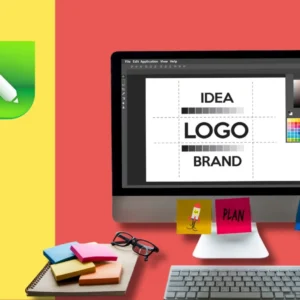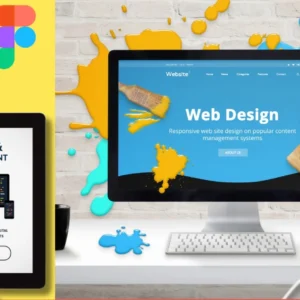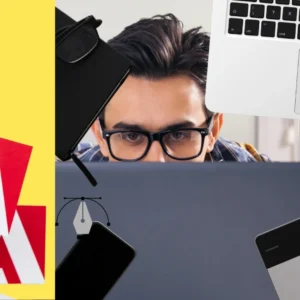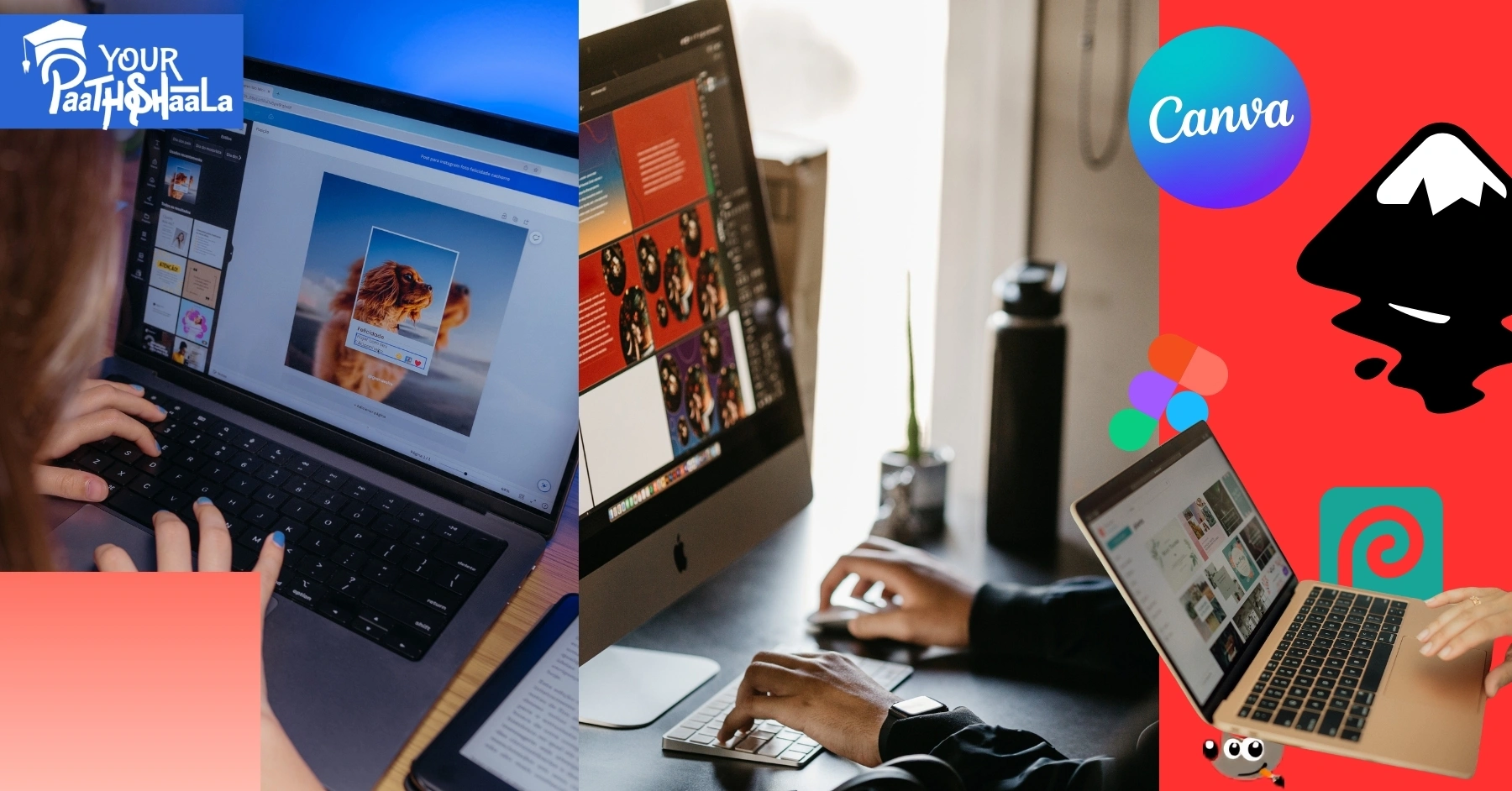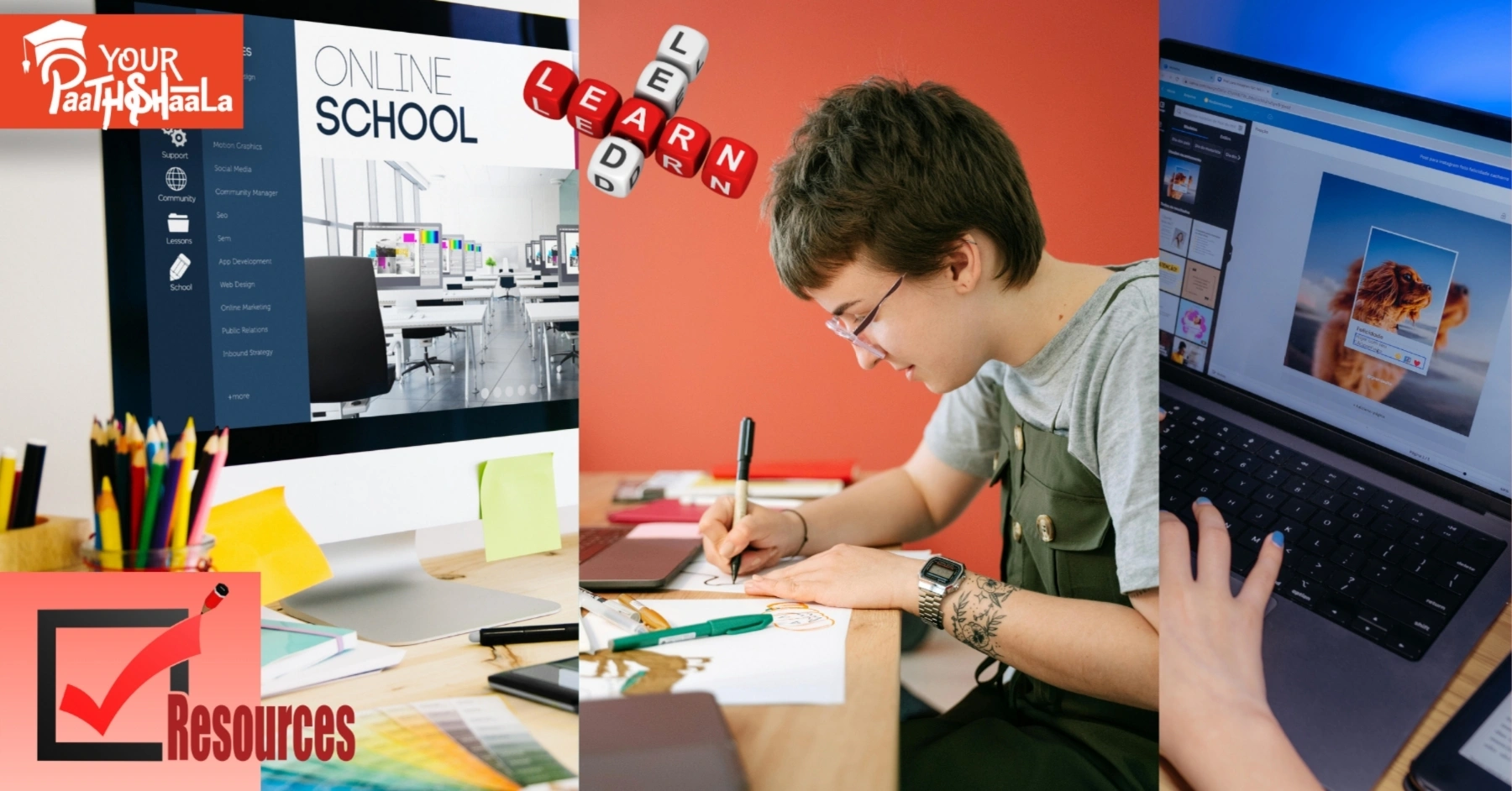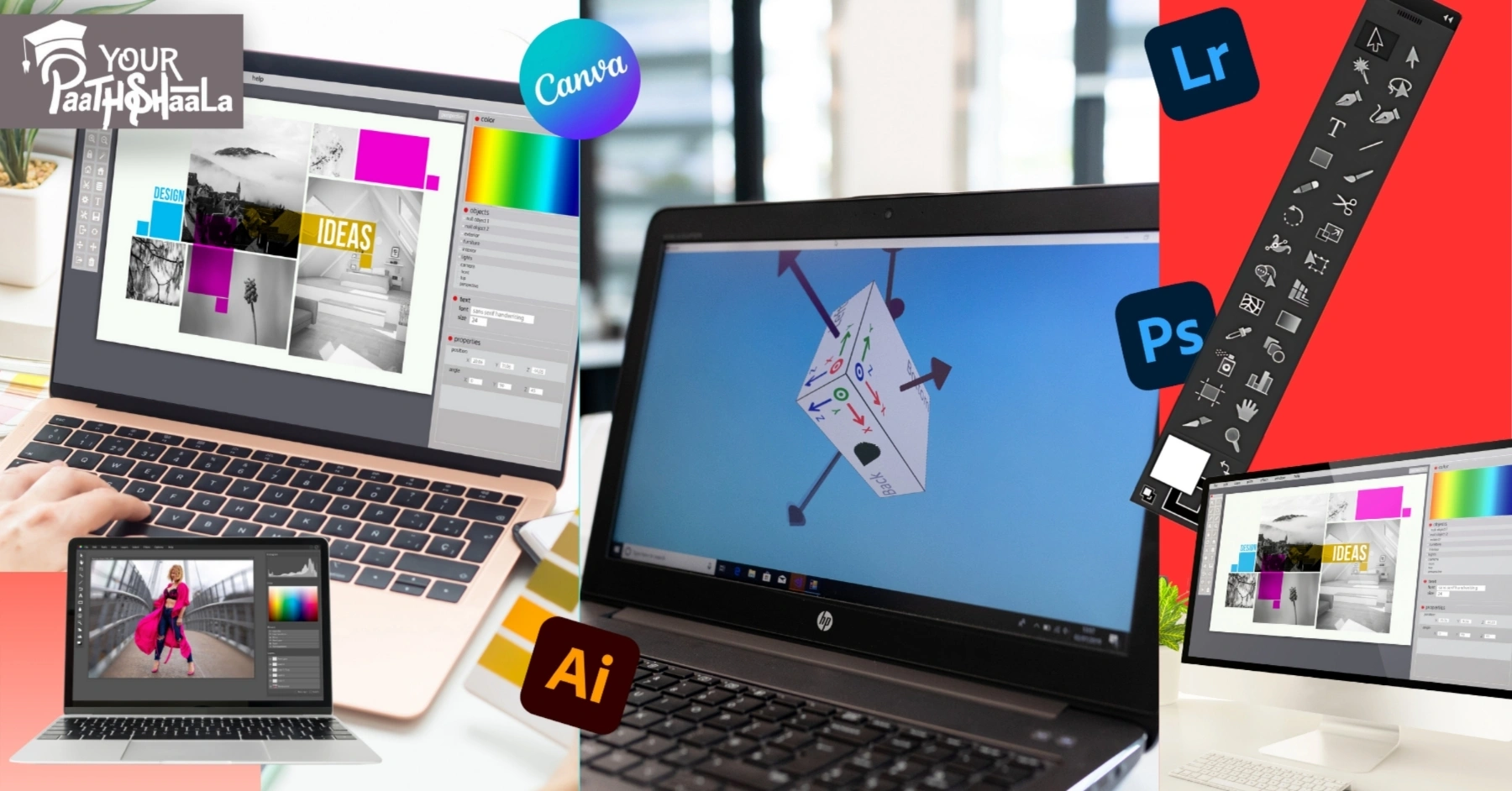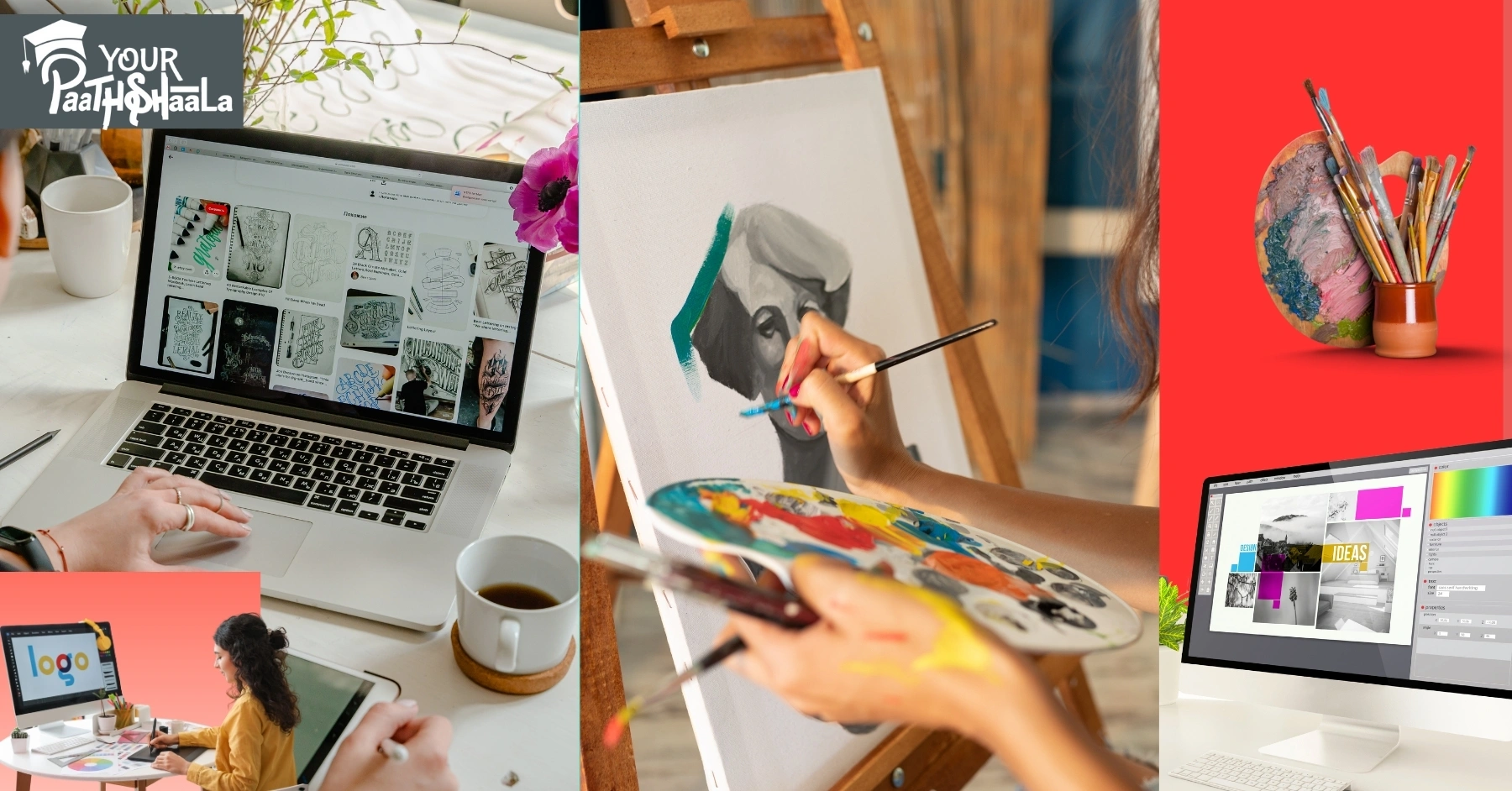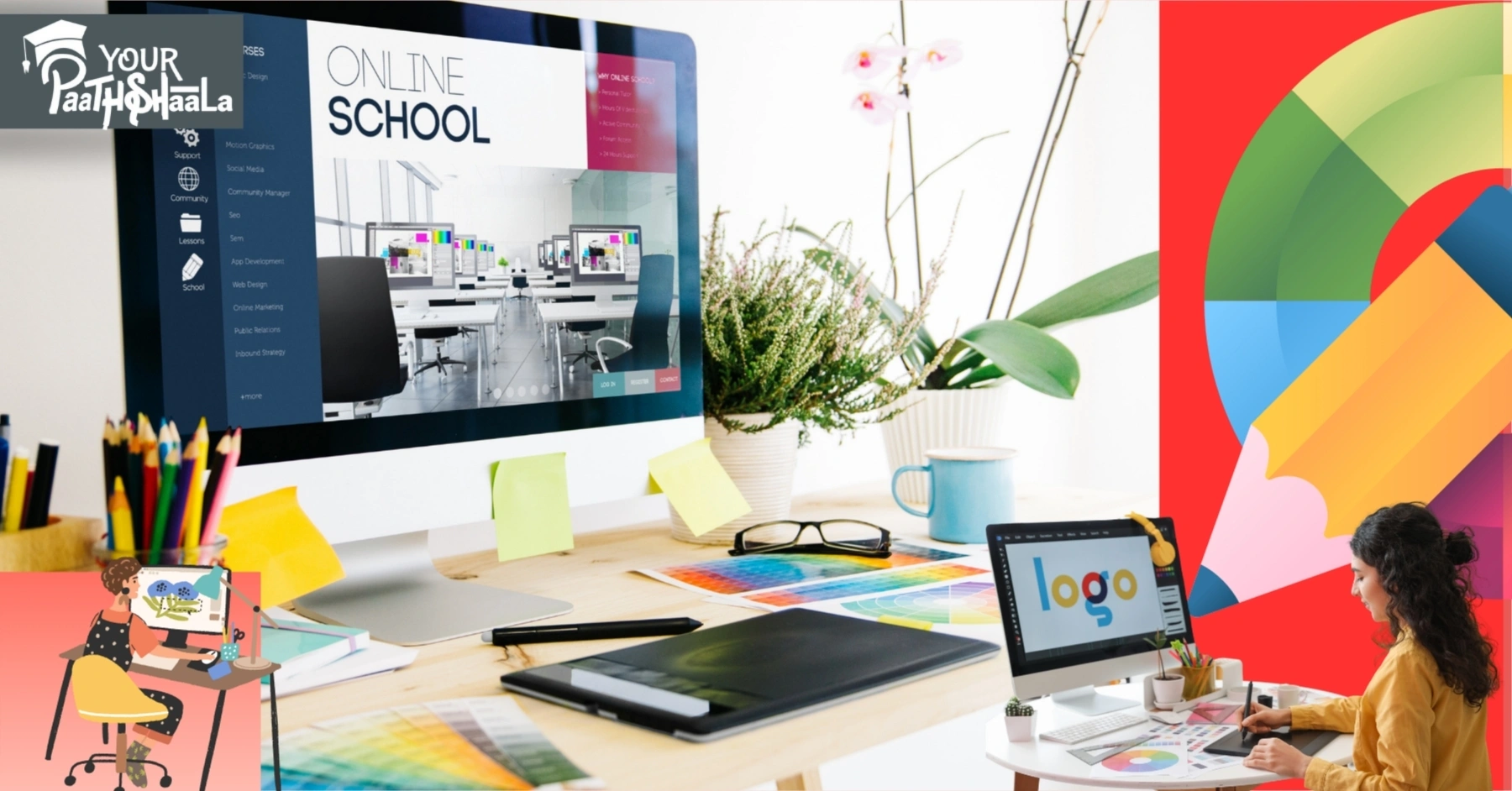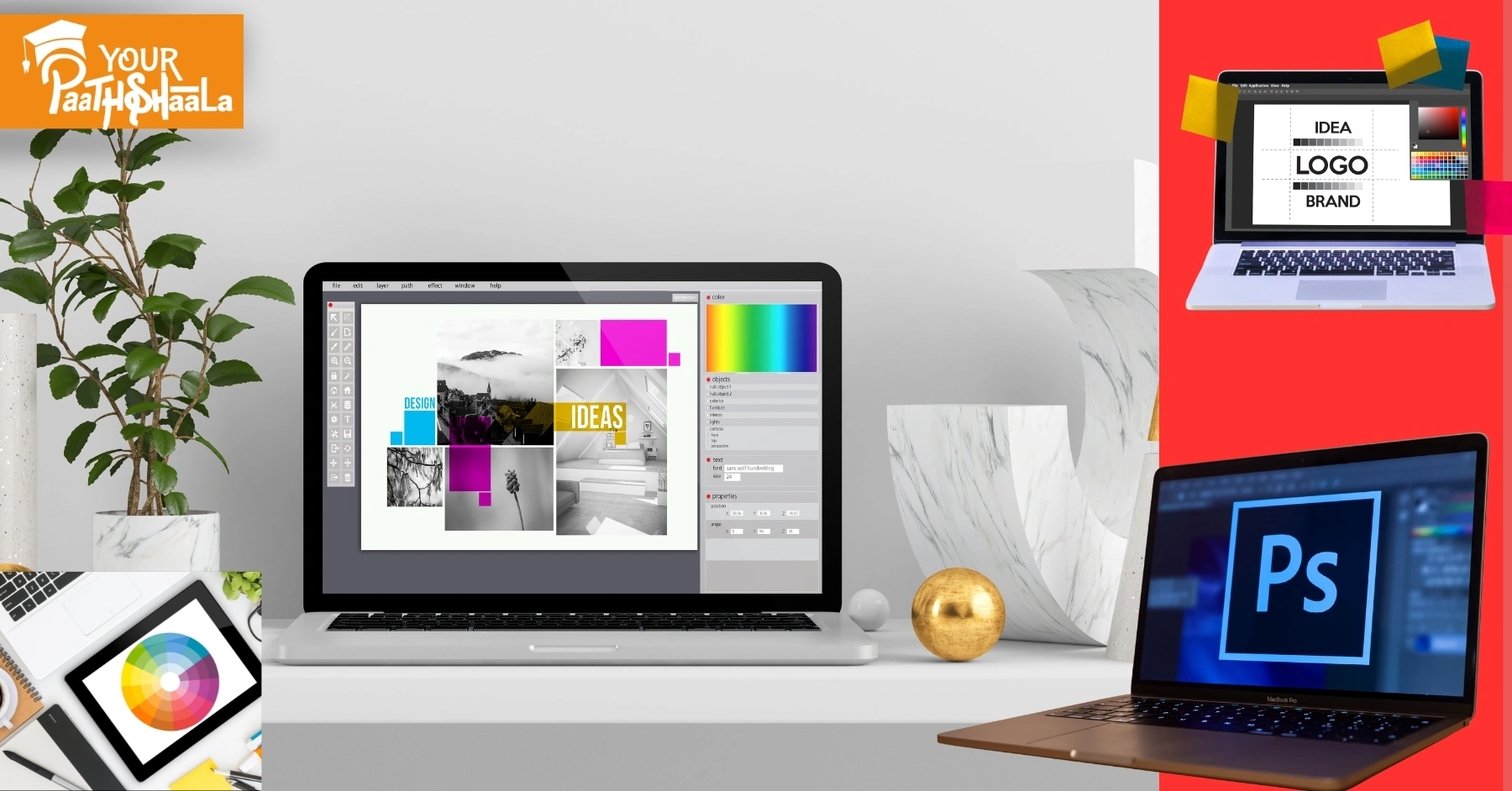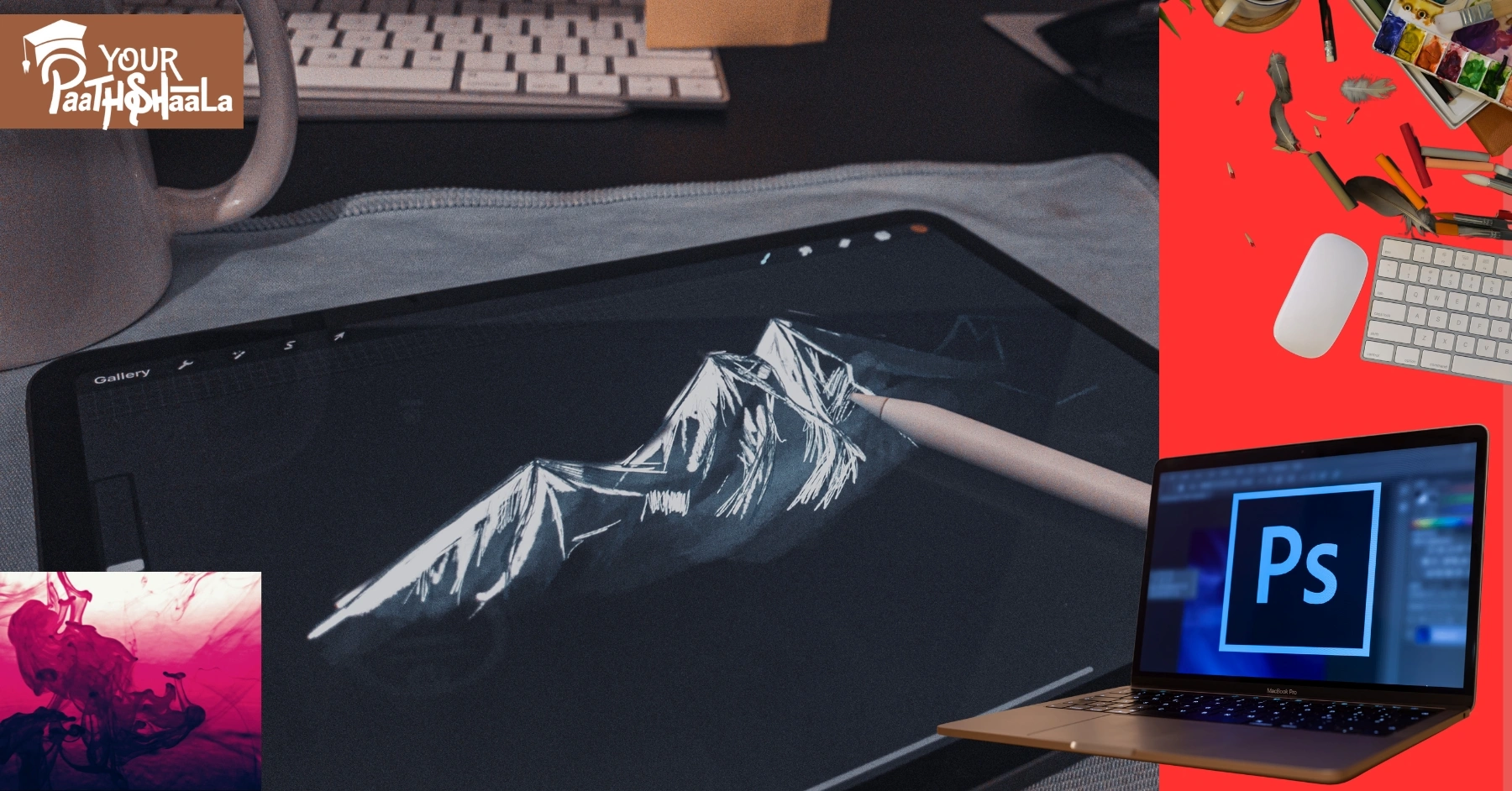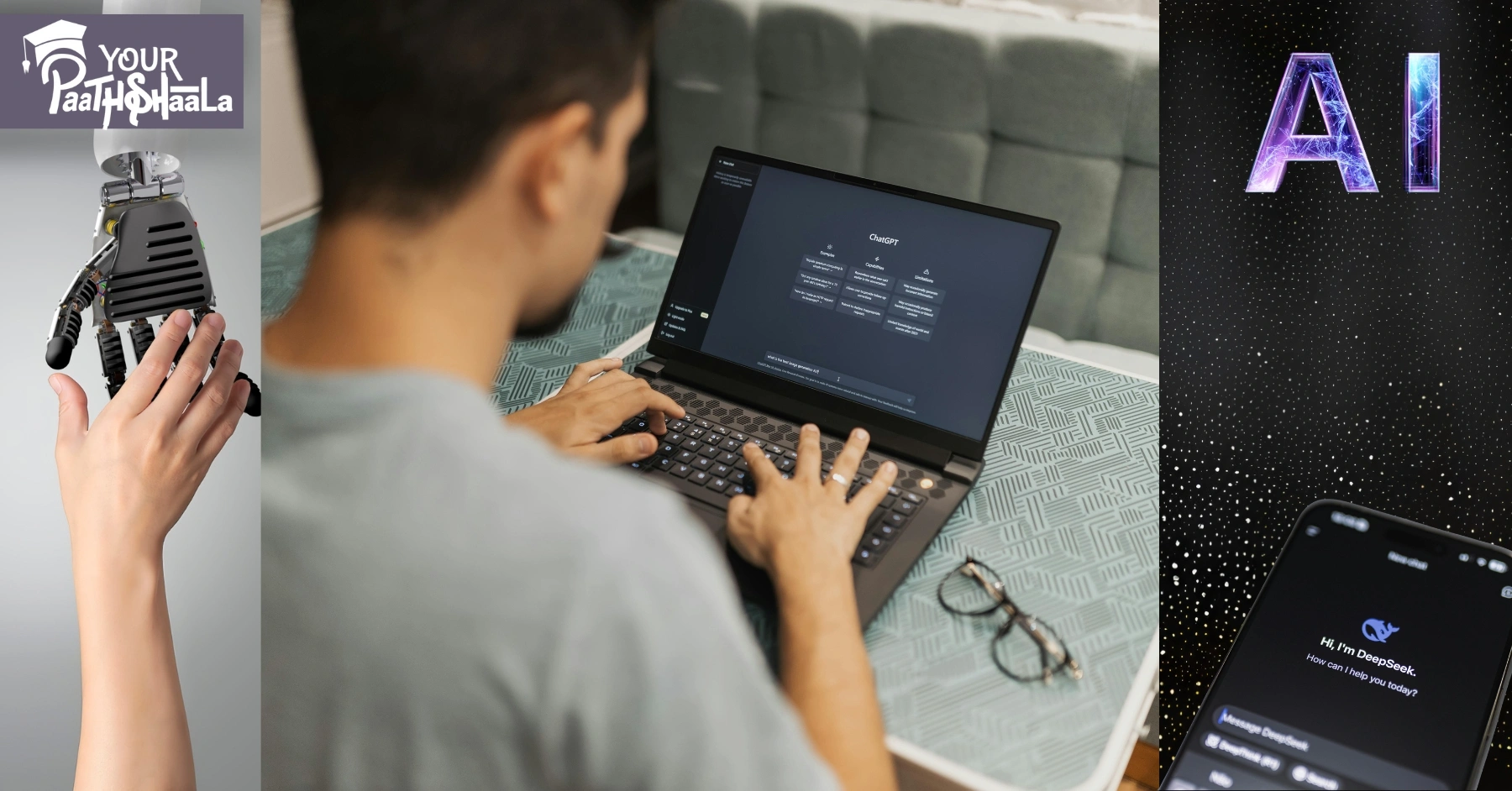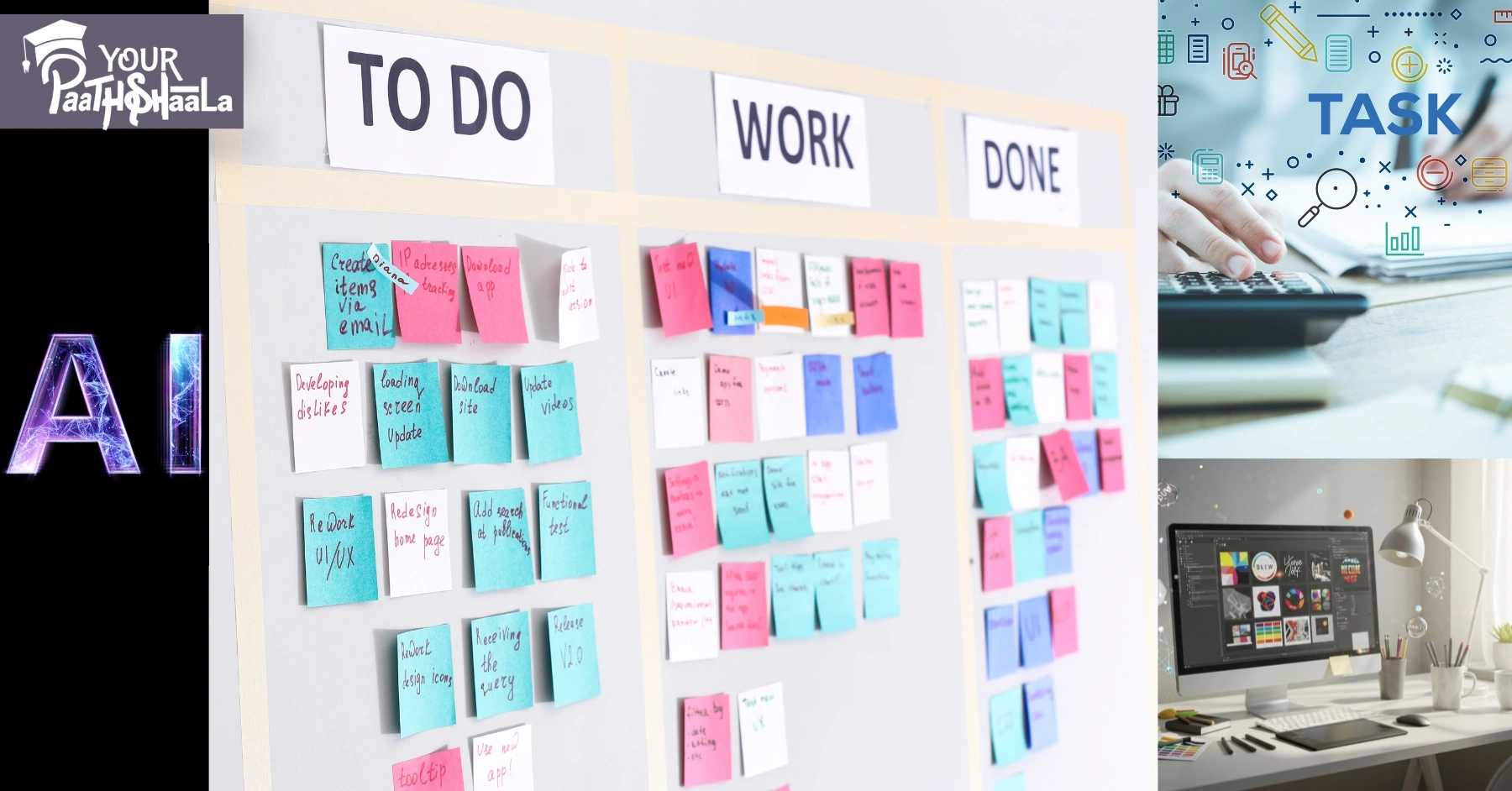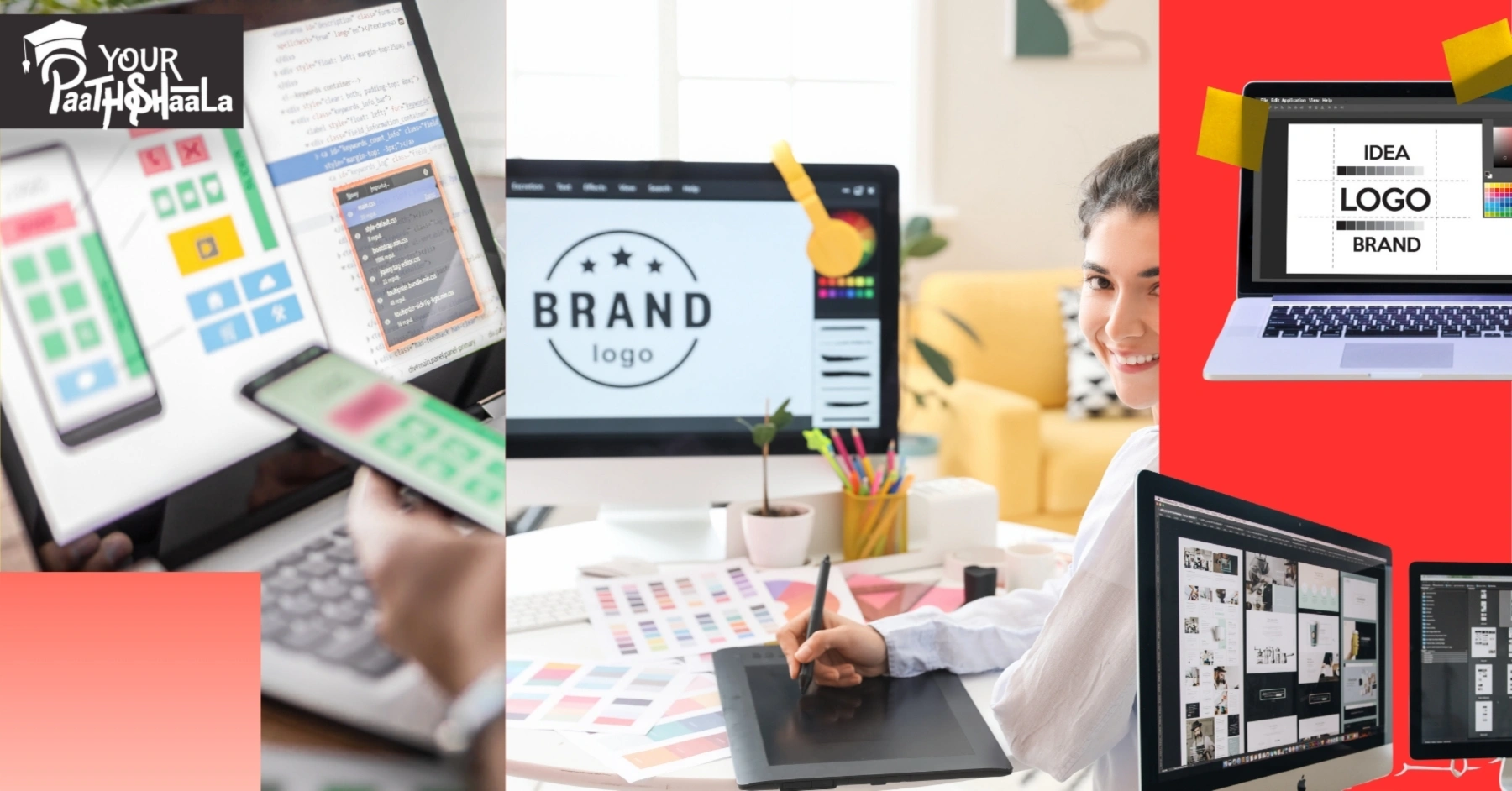
In 2025, choosing your first graphic design project is an exciting step for Indian beginners eager to dive into the creative world within the booming $50,000 crore digital market, per IAMAI. Starting with simple, achievable projects builds confidence and skills without overwhelming you. This beginner-friendly guide offers easy ideas for your first graphic design project, tailored for India’s vibrant creative scene. For example, designing a festival poster can showcase your creativity in just a few hours. Whether you’re in Chennai or a small town, these projects will set you on the path to success. Ready to create? Let’s explore the best ideas for your first graphic design project in 2025!
Why Your First Graphic Design Project Matters
Your first graphic design project is crucial for building skills and confidence as a beginner. First, it helps you apply design principles, like color theory, in a practical way. Next, it creates portfolio pieces to showcase your potential to clients. For instance, a well-designed social media post can attract local businesses in India. However, choosing a complex project can discourage beginners. Picking an easy, relevant project ensures a strong start.
What Makes a Good First Graphic Design Project?
A good first graphic design project is simple, achievable, and aligned with your interests or market needs. It should involve basic tools, like Canva, and focus on fundamental skills, like typography or layout. Creative Bloq notes that 2025 trends favor vibrant, culturally inspired designs for beginners. For example, a Diwali-themed graphic is both easy and relevant in India. Choosing the right project builds a foundation for future success.
Benefits of Starting with Easy Projects
Starting with an easy first graphic design project offers multiple advantages. It reduces the learning curve, letting you focus on creativity rather than complex tools. It also builds a portfolio quickly, essential for freelancing in India’s competitive market. Simple projects, like business cards, are versatile for mobile-first audiences (70% of users, per IAMAI). For instance, a clean flyer design can impress potential clients. However, consistent practice is key to growth.
Top 5 Easy Ideas for Your First Graphic Design Project
These beginner-friendly ideas are perfect for your first graphic design project, selected for simplicity, relevance, and appeal in India’s 2025 design scene.
1. Social Media Post
- Why It’s Easy: Uses templates in tools like Canva, focusing on basic layout and typography.
- Description: Design a 1080x1080px post for Instagram or Twitter, like a festival greeting.
- Tools: Canva (free), Google Fonts for typography.
- Time: 2-4 hours.
- Why Choose It: High demand for social media graphics in India’s digital market.
2. Festival Poster
- Why It’s Easy: Combines vibrant colors and simple layouts, ideal for beginners.
- Description: Create a poster for events like Diwali or Holi with cultural motifs.
- Tools: Canva, GIMP (free).
- Time: 3-5 hours.
- Why Choose It: Resonates with Indian audiences and showcases cultural creativity.
3. Business Card
- Why It’s Easy: Small canvas size, focusing on typography and minimal design.
- Description: Design a 3.5×2-inch card for a fictional or local business.
- Tools: Canva, Inkscape (free).
- Time: 2-3 hours.
- Why Choose It: Practical for networking and portfolio-building.
4. Logo Mockup
- Why It’s Easy: Focuses on simple shapes and text, teaching branding basics.
- Description: Create a logo for a startup, like an e-commerce brand, using minimal elements.
- Tools: Canva, Inkscape, Figma (free plans).
- Time: 4-6 hours.
- Why Choose It: Builds skills for high-demand branding projects in India.
5. Infographic
- Why It’s Easy: Uses templates to visualize data, teaching layout and hierarchy.
- Description: Design a simple infographic, like festival spending trends, with charts.
- Tools: Canva, Google Data Studio (free).
- Time: 5-7 hours.
- Why Choose It: Popular for educational and marketing content in India.
These projects are quick, use free tools, and align with India’s vibrant design needs.
6 Steps to Complete Your First Graphic Design Project
Follow this beginner-friendly guide to execute your first graphic design project in 2025, tailored for India’s design scene.
1. Choose Your Project
Pick one of the above ideas, like a social media post or festival poster, based on your interests. For example, select a Diwali poster to tap into India’s cultural market. Consider time and tools available, like Canva for simplicity. Write down your project goal for clarity. This ensures a focused start.
2. Select a Free Tool
Use a beginner-friendly tool like Canva or GIMP, which are free and easy to learn. For instance, start with Canva to design a festival poster using templates. Watch YouTube tutorials, like GFXMentor, to learn the interface. Spend 2-3 hours exploring features. Free tools make your first project accessible.
3. Learn Basic Design Principles
Study core concepts like color theory, typography, and balance via Canva’s Design School or YouTube. For example, learn how vibrant Holi colors enhance designs. Apply these by choosing a font like Noto Sans Devanagari for Indian appeal. Spend 5-10 hours practicing. This builds a strong foundation.
4. Create Your Design
Start your project, like a social media post, using templates for speed. For instance, design a Rakhi greeting in Canva, customizing colors and text. Focus on clean layouts and mobile-friendly sizes (e.g., 1080x1080px). Spend 3-5 hours creating and tweaking. This step brings your vision to life.
5. Seek Feedback
Share your design with Indian design communities on LinkedIn or Reddit’s r/IndiaDesign. For example, ask if your poster’s colors suit a festival vibe. Use feedback to refine elements, like font size or contrast. Post on Instagram with hashtags like #IndianDesign for input. Feedback improves your work.
6. Add to Your Portfolio
Save your project as a high-quality PNG or PDF and add it to a free portfolio on Behance. For instance, a Diwali poster showcases cultural skills. Ensure the design is clear on mobile for Indian audiences. Spend 2-3 hours organizing your work. A portfolio piece highlights your progress.
Total Time: 15-25 hours to complete your first project, including learning
Common Mistakes to Avoid
Avoid these pitfalls for a successful first graphic design project. First, don’t overcomplicate designs; keep them simple and clean. Next, avoid skipping tutorials; they teach tool basics. Also, don’t ignore mobile optimization; Indian audiences prioritize mobile-first visuals. For example, a cluttered poster may lose impact on phones. Finally, don’t skip feedback; it’s essential for growth.
Tips for a Successful First Project
To excel with your first graphic design project in India, follow these tips. First, start with Canva for its ease and free templates. Next, focus on Indian-inspired themes, like festival graphics, for local appeal. Additionally, join LinkedIn groups like Graphic Designers India for support. For example, a Holi poster can attract attention. Finally, practice 1-2 hours daily to refine skills.
2025 Trends for Beginner Projects
In 2025, graphic design trends inspire beginner projects, per Creative Bloq and Canva. AI-driven tools, like Canva’s Magic Studio, simplify design with features like auto-layouts. Vibrant Indian-inspired colors, like saffron and turquoise, dominate festival designs. X posts highlight micro-animations for social media graphics. For example, an animated festival post grabs attention. Aligning your project with trends ensures relevance.
Why Simple Projects Work in India
India’s design industry is thriving, with digital ad spending projected at ₹50,000 crore by 2026, per IAMAI. Simple first graphic design projects, like social media posts, meet the needs of startups and brands. For example, a festival ad can win local clients. Easy projects build skills quickly for mobile-first audiences. Starting small ensures confidence and growth.
Budgeting for Your First Project
Your first graphic design project is budget-friendly with free tools. Canva, GIMP, and Inkscape require no cost, needing only a laptop (₹20,000-₹50,000). Free tutorials on YouTube or Canva’s Design School eliminate learning expenses. A ₹2,000/year domain on Hostinger can host a portfolio. For example, a free setup keeps costs low. Budget wisely to focus on creativity.
Scaling Your Design Skills
Once you complete your first graphic design project, scale your skills for growth. Create more projects, like infographics or logos, using free tools. Offer services on WorknHire, charging ₹2,000-₹10,000 per project. For instance, specialize in festival-themed graphics for Indian brands. Promote on Instagram to attract clients. Scaling builds a sustainable career.
Free vs Paid Tools for Beginners
Free tools like Canva and GIMP are ideal for your first graphic design project, offering templates and basic editing. Paid tools, like Photoshop (₹500-₹3,000/month), add advanced features but aren’t necessary initially. For example, Canva creates professional graphics effectively. Free tools suit budget-conscious Indian beginners; paid ones enhance polish later. Start free to build confidence.
Finding Inspiration for Your Project
Draw inspiration from Indian culture, like Madhubani art or festival aesthetics, for your project. For instance, a Rakhi-themed post sparks creativity. Browse Behance or Design in India for local and global ideas. Keep a Notion board for design concepts. Inspiration fuels your first graphic design project.
Conclusion
Choosing your first graphic design project in 2025 is an exciting step for Indian beginners, with easy ideas like social media posts or festival posters. From selecting tools like Canva to seeking feedback, this step 1 to 6 guide ensures success. Use our roadmap to create, refine, and showcase your work. For example, design a Diwali graphic to test your skills. Avoid pitfalls like overcomplicating designs or skipping feedback. Ready to shine? Start your first graphic design project today and thrive in India’s vibrant market! Join YourPaathshaala, Raipur’s leading skill development institute. Contact us at 📞 +91-8305209520 for more information!
